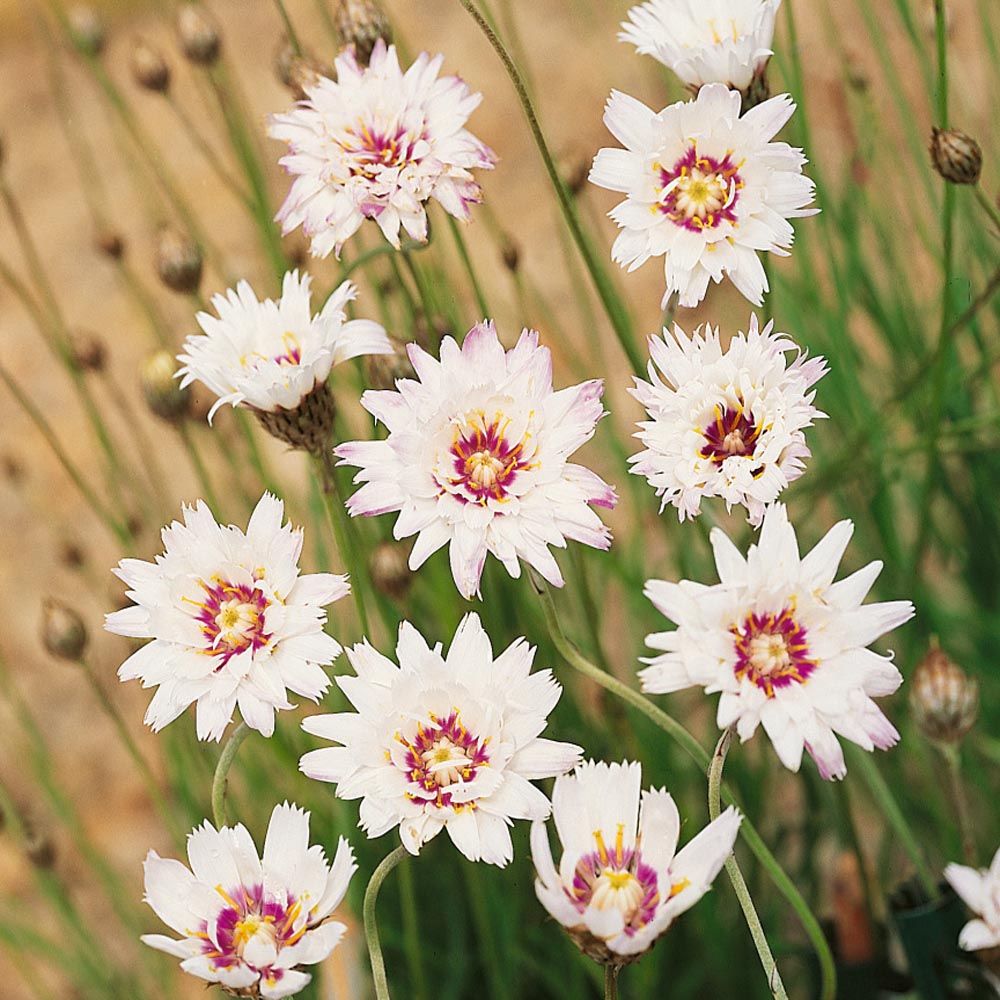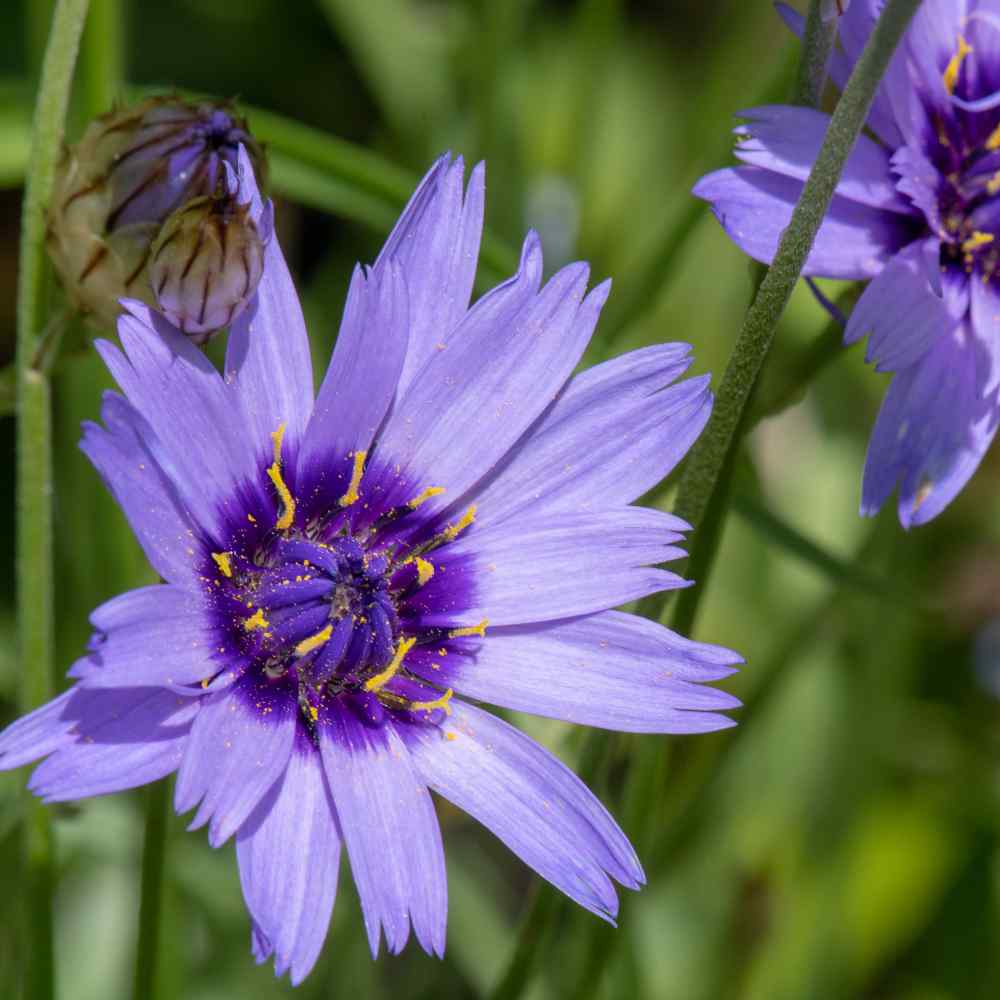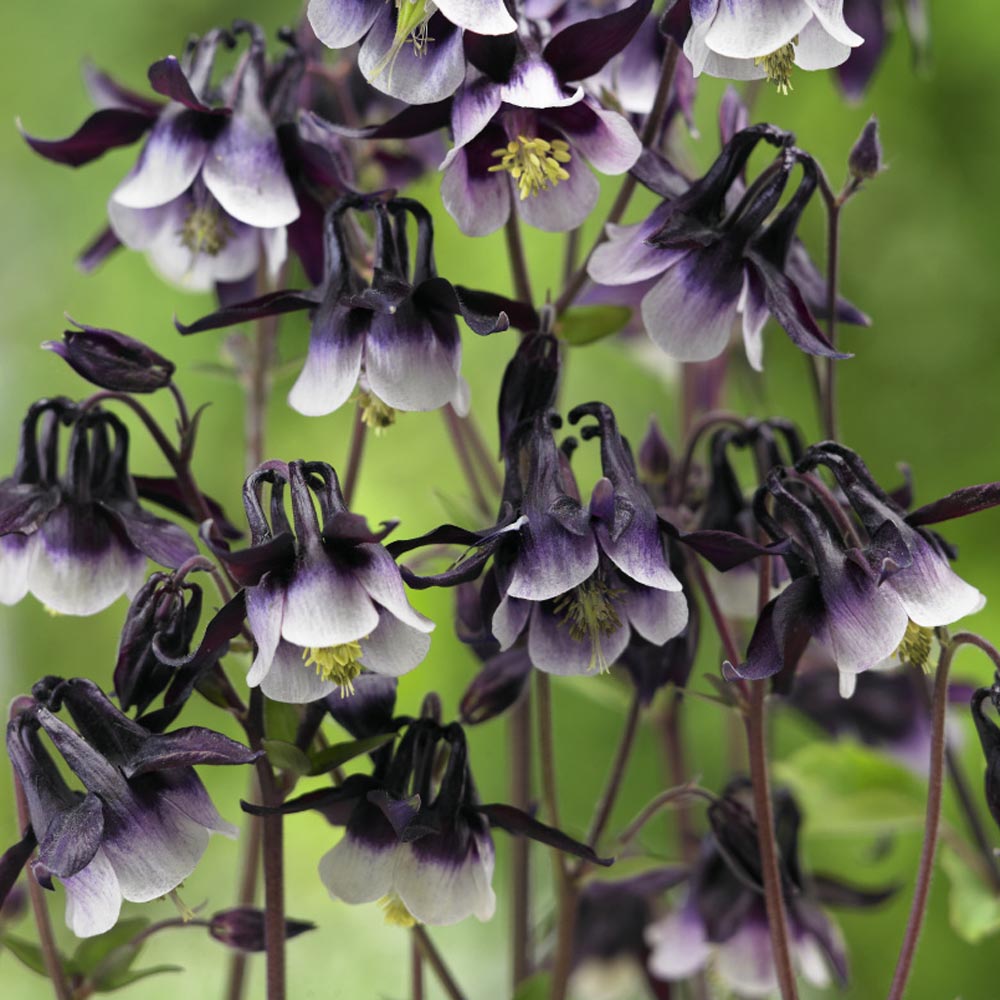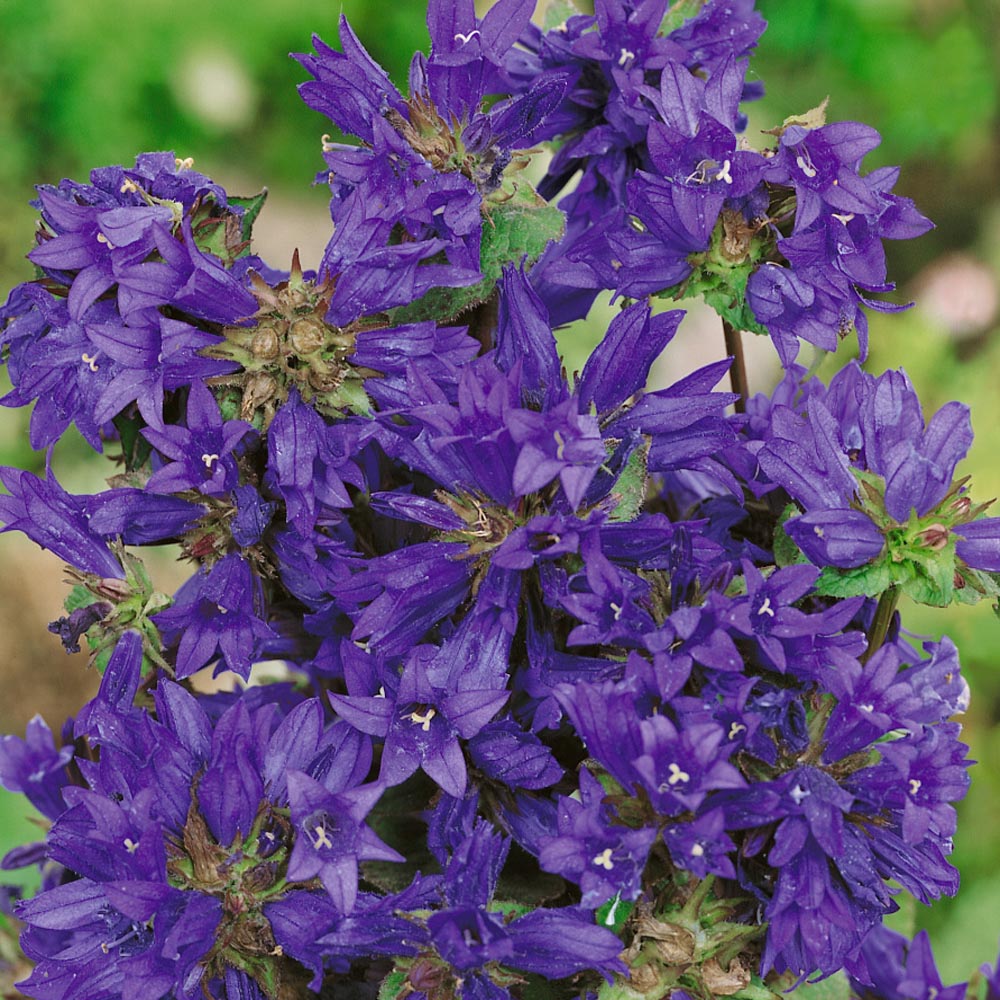
Cupid's Dart Planting and Care Guide
Quick Facts About Cupid's Dart
Cupid's Dart is a short-lived perennial that serves well in borders. It is drought-resistant, although not ideal for extremely hot summers. Its blooms appear on slender stems, making it useful for cut arrangements.
Planting Time
Start Cupid's Dart seeds indoors 6-8 weeks before the last expected frost, or sow directly outdoors in spring or early summer.

Planting Location
Cupid's Dart should be planted in an area of full sun in average, well-drained soil.
How to Grow Cupid's Dart
- For indoor planting, surface sow seeds into trays or small pots filled with a seed starter mix.
- If sowing directly outdoors, first prepare a seedbed by removing weeds and breaking up soil.
- Surface sow 4-5 seeds per plant, then lightly cover with soil.
- Keep seeds moist and at a temperature of 65-75F degrees until germination. Under proper conditions, seeds should germinate in 2-3 weeks.
- Once indoor seedlings have a few sets of true leaves, thin to the strongest seedling and transplant outdoors spaced 18 inches apart.
- Before transplanting seedlings into the garden, it's essential to "harden them off". This involves acclimating young plants to outdoor conditions by placing them in a sheltered outdoor area for about a week. Initially, shield them from strong winds and direct sunlight. If there's a risk of frost overnight, either cover the plants or bring them indoors, then return them outside in the morning. This hardening off method helps strengthen the plant's cell structure, minimizing transplant shock and sun damage.

Care And Maintenance
- Keep weeds under control during the growing season. Weeds compete with plants for water, space and nutrients, so control them by either cultivating often or use a mulch to prevent their seeds from germinating.
- Mulches play a vital role in preserving soil moisture and ensuring consistent soil temperatures. When it comes to annuals, using organic mulch made from shredded leaves not only enhances the appearance of the bed but also enriches the soil as it decomposes over time. Remember to keep mulch away from the plant stems to avoid potential rot issues.
- Water plants regularly until established, after which Cupid's Dart becomes fairly drought-tolerant.
- Fertilization is unnecessary, but add organic compost to growsite when first planting Cupid's Dart.
- Spent blooms can be deadheaded to encourage further blooming.




































